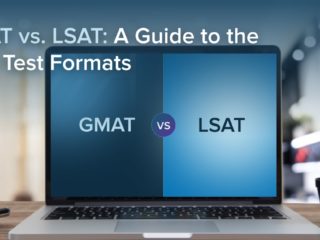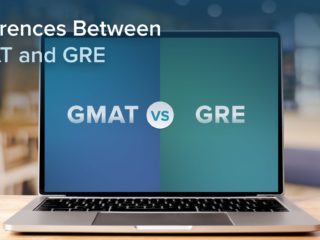Last Updated on May 10, 2023
GMAT OFFICIAL GUIDE DS
Solution:
We are given that Tom, Jane, and Sue each purchased a new house. We are also given that
the average (arithmetic mean) price of the three houses was $120,000. If we let T = the
price of Tom’s house, J = the price of Jane’s house and S = the price of Sue’s house, we can
create the following equation:
(T + J + S)/3 = 120,000
T + J + S = 360,000
We need to determine the median price of the three houses. Thus, we need to determine,
when the prices of the houses are ordered from least to greatest, the middle price.
Statement One Alone:
The price of Tom’s house was $110,000.
Because T = 110,000, we can determine the sum of J and S.
110,000 + J + S = 360,000
J + S = 250,000
Thus, the sum of the prices of Jane’s house and Sue’s house must be 250,000. We can split
this sum up in a number of ways, and doing this will give us different values for the median
home price. Let’s test two different cases:
Case #1
T = 110,000
J = 100,000
S = 150,000
Median = 110,000
Case #2
T = 110,000
J = 120,000
S = 130,000
Median = 120,000
Statement one is not sufficient to answer the question. We can eliminate answer choices A
and D.
Statement Two Alone:
The price of Jane’s house was $120,000.
Because J = 120,000, we can determine the sum of T and S.
120,000 + T + S = 360,000
T + S = 240,000
Thus, the sum of the prices of Jane’s house and Sue’s house must be 240,000. We can split
this sum up in a number of ways; however, regardless of how we split up 240,000 we will
always get the same median home price. Let’s test a few different cases:
Case #1
J = 120,000
T = 120,000
S = 120,000
Median = 120,000
Case #2
J = 120,000
T = 110,000
S = 130,000
Median = 120,000
We see that the median will always be 120,000. Statement two is sufficient to answer the
question.
Answer: B



